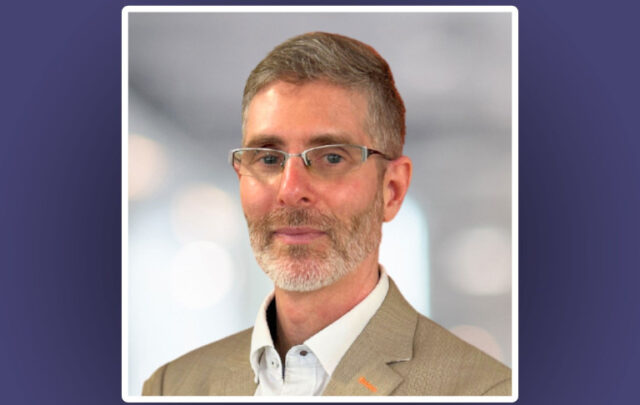Click on the headline (link) for the full text.
Many more articles are available through the Energy Bulletin homepage
Smart Grid – “Enabler of the New Energy Economy”
Craig Severance, EnergyEconomyOnline.com
Over the last couple decades we have seen a revolution in communications with the Internet, digital cell phones, GPS, YouTube, and a host of applications the digital era has enabled.
However, your electric utility still has to count on customers calling in to let them know about power outages, and still has to send meter readers to know how much you have used each month.
As an electric customer you are equally in the dark. You have no idea how much your refrigerator or air conditioner consumes, or what would be the most effective way to cut your electric bill. If you use power at night when it costs the utility far less to generate, you don’t get a discount because your meter has no clock. All you or your utility know is the total kWh’s you consumed each month — long after the fact, when it is too late to do anything about it.
Because customers receive no price signals that consuming electricity at peak times is very expensive, utilities are forced to build new power plants, just to have enough capacity available for a few dozen hours per year of peak demand. All utility customers now pay this huge cost as part of average rates.
The need to use renewable sources of power is also a major problem for today’s electricity grid. One of the largest and cheapest renewable power sources — wind energy — produces electricity only when the wind blows. The windiest locations are also hundreds of miles away from large cities, where the power is needed most. Bringing power from these remote locations, and finding ways to store it for use when needed, are challenges to expanding renewable’s share of electricity production.
Change is Coming. This is all about to change, spurred by the push to use more renewable energy and implement energy efficiencies, and with help from billions in the Economic Stimulus package. Utilities are now poised to begin a massive upgrade of electric meters and the electricity transmission and distribution grid, with a number of technologies collectively referred to as the “Smart Grid”. While this upgrade is expected to cost billions of dollars to implement nationwide, it will save even more.
Craig A. Severance, CPA, is the Editor and founder of Energy Economy Online. He is a co-author of The Economics of Nuclear and Coal Power (Praeger 1976) and author of Business Risks and Costs of New Nuclear Power (Center for American Progress web-published January 2009). He has served as Assistant to the Chairman and to Commerce Counsel, Iowa State Commerce Commission, and Finance Manager of the Iowa Railway Finance Authority. He was the founder and served as Executive Director of the Iowa Center for Local Self-Reliance, a non-profit renewable energy and energy conservation center in Des Moines, Iowa.
(27 April 2009)
Author writes:
This is a succinct attempt to explain all the components of the “Smart Grid” concept, how they work together, plus referencing CO2 savings projected for Smart Grid. Conclusion summarizes how important Smart Grid implementation is to accessing potential for renewable technologies, leveling loads, and saving costs for utilities.
UPDATE (May 1). High praise from reader Ann Peluso:
This is the first article that I have read in my 7 years of intense reading about peak oil/climate change that has given me any hope at all. I have a background in both electrical engineering and science education. This is workable, and brilliantly understandable.
An Aged Electric Grid Looks To A Brighter Future (audio and text)
Jeff Brady, Morning Edition, National Public Radio (NPR)
The nation’s electricity grid is facing some huge challenges — it’s outdated and unprepared for increasing demand and a future that includes more renewable sources of energy. In a weeklong series, NPR is examining the state of the nation’s electricity infrastructure.
The economic stimulus bill passed in February includes $11 billion to upgrade the country’s power grid, but that’s just a down payment on a massive undertaking. That’s because when it comes to electricity, not much has changed since Thomas Edison fired up the first commercial power grid in lower Manhattan on Sept. 4, 1882. The fundamentals he pioneered are still the basis for an electricity grid in the U.S. that is almost 100 percent reliable. But in recent years, that grid has started showing weakness.
On Aug. 14, 2003, a lot of people in the northeastern U.S. learned that they couldn’t take reliable electricity service for granted anymore.
The first of a 10-part series
(27 April 2009)
‘Vampire’ energy use is taking a bite out of your wallet
Kathy M. Kristof, Los Angeles Times
Are vampires sucking the life out of your household energy budget?
Almost every household has at least one electricity vampire that sucks up power and costs you money.
“You need to do a home energy audit,” said William Tauber, chief executive of Progressive Lighting & Energy Solutions Inc. in Tustin and host of “The Green Energy Show” on KRLA-AM (870). “Things in your house are draining energy and you’re not even aware of them, but they cost you hundreds of dollars.”
(26 April 2009)





